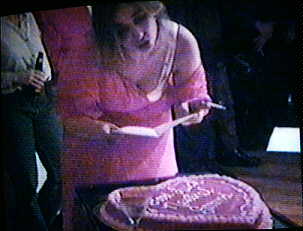

What is Culture? Is it the idea of product or process? There are two schools of the English What? on this question: aesthetic excellence (Arnold, 1868) and clarification of the meanings and values in a particular way of life (Williams, 1965). This is a contrast of the classical vs the anthropological. The English School is based on an implicit assumption that a literary sensibility or critical analysis is needed to illuminate the meanings to both society and the individual.
Barthes, using the model of Swiss linguist Ferdinand de Saussure sought to uncover the latent mean Ferdinand de Saussure sought to uncover the latent meanings of the normal. His system extended to the wrestling match, striptease, cooking and tourist-guide book. Semiotics offered a unification of the two British schools so that the moral intellectual elitism had relationships to the popular themes.
Ideology is that set of common beliefs that lie beneath the consciousness often referred to as common sense. "You cannot learn, through common sense, how things are: you can only discover where they fit into the existing scheme of things". (Hall, 1977). The common sense transparently validates or mystifies ideas. It is in this framework that all taken for granted phenomena can function as signs. These semiotic signs will reflect the reality of the culture and can be analyzed by mapping them onto a range of potential meanings. Power and class are parameters which can extend and vary ideology thus making it possible to have different levels of divided labour. The education system is responsible to instill the ideology into the individuals of the society so that they may best take up their place in the work force. In other words, the ideologies are maps of possible meanings which serve to have individuals think their way into positions of dominance or subordination.
Gramsci's theory of hegemony (alliance of certain social groups can exert 'total social authority' through coercion, imposition of thought or shaping consent) is a moving equilibrium of relations of forces favourable and unfavourable established by consent or negotiation.
Subcultures are found when the consent or negotiation have broken down. Through alternative style, fashion and other signs an oblique resistance is demonstrated. Thus the map stops displaying a one to one relationship.(The last three paragraphs are useful for the essay assignment).
The punk movement is considered an extreme case since it speaks with so much deliberation.
Let us look at an ideology as: 
Then the culture maps on to the ideology as: 
The subculture maps on to the ideology as: 
=CENTER>
But we know that the ideology moves: 
Therefore the subculture is operation before its time. 
I believe that I can develop this thinking.How?How?
Page Created March 10, 1998
Page Last Updated April 2, 1998